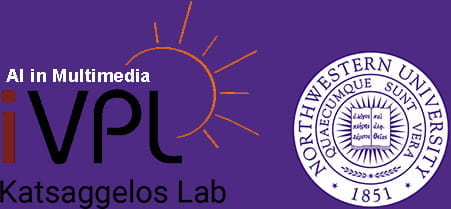
This project is in collaboration with the Cardiovascular MRI Group (https://cvmri.northwestern.edu/), led by Dr. Michael Markl, and involves refining the work that was done in a paper by Khani et al (https://arxiv.org/abs/2301.02130).
The main premise is that certain metrics of how well a person’s aortic valve works might be effectively predicted using deep learning and a small and simple wearable device that records seismocardiography (SCG) signals – instead of using the 4D flow MRI technique (https://onlinelibrary.wiley.com/doi/full/10.1002/jmri.23632) which can be costly. Those SCG signals are processed, leading to the generation of a time-frequency representation (scalogram), which is then used as an input to a CNN which is part of the deep learning pipeline that makes potentially clinically useful predictions. It has already been demonstrated by Khani et al (https://arxiv.org/abs/2301.02130) that peak systolic velocity (a potential indicator of heart valve disease status) as well as aortic valve type can be predicted fairly well.
Broadly, this project aims to carry on this previous work and expand its scope, incorporating data from additional subjects and potentially refining the methodology and making further predictions.
